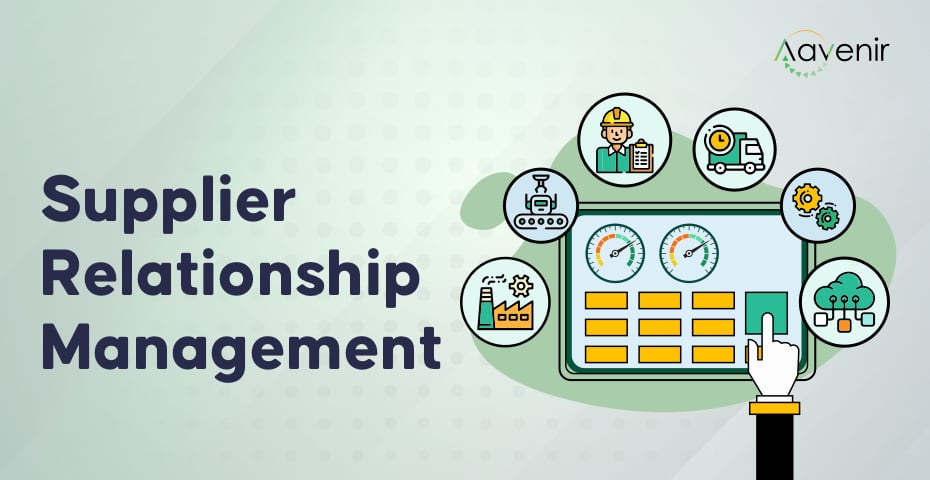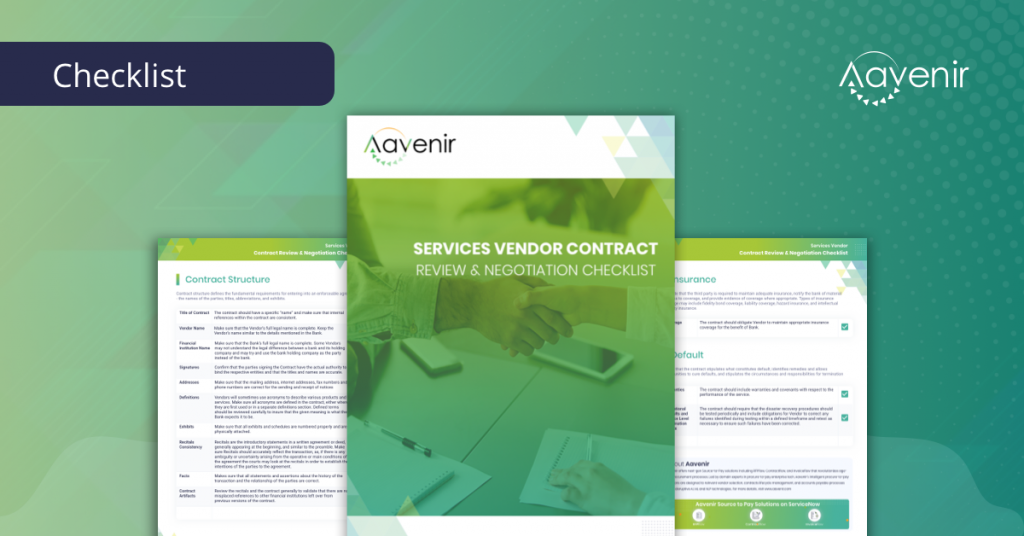What is Vendor Relationship Management? – Definition
Vendor Relationship Management (Vrm) is a class of business movement made conceivable by software programming solutions that expect to give clients both freedom from merchants and better means for drawing relationships with vendors. This equivalent solution can likewise apply to vendor relations with different establishments and associations.

Understanding Vendor Relationship Management
Vendor relationship management (VRM) strengthens the buyer-supplier relationships to establish trust and achieve a mutually beneficial goal. If you have an efficient vendor relationship management process in place, you can seamlessly deliver a number of key benefits like optimized costs and much smoother data flows.
Top 3 successful vendor relationship strategies
Successful vendor partnerships need a great deal of forethought and effort. Here are tried and tested three vendor relationship management strategies that you can apply to maximize the inherent value of supplier relationships:
Build relationships and partnerships
The first step of the process is to build relationships with your vendors and treat them as valuable partners. Turn your relationships into a strategic vendor-buyer relationship model. Establish KPIs by involving them and monitor them on a timely basis. Their involvement in strategic decisions helps set clear objectives and expectations. This will allow you to tap into their expertise as well as offer other benefits like increased trust, and preferential treatment.
Communicate often
Poor communication is at the heart of most business failures. The inability to convey or receive important information from your suppliers can end up shaking the very foundations of your vendor management process.
Corporate buyers need to communicate with their vendors frequently in order to transmit their requirements effectively and get a better understanding of their suppliers’ capabilities.
Create a win-win situation
Running after short-term cost savings will cost your organization more in the long run and make a substantial impact on the quality. So, rather than squeezing your suppliers to cut down the cost, take some time to study and understand your vendor’s business.
Negotiation should be based on good faith and value rather than resorting to strong-arm tactics. Objectives of the partnership should be structured in a way that offers equal opportunity for profitability and strengthens both businesses.
Explore Additional Resources to Know More


